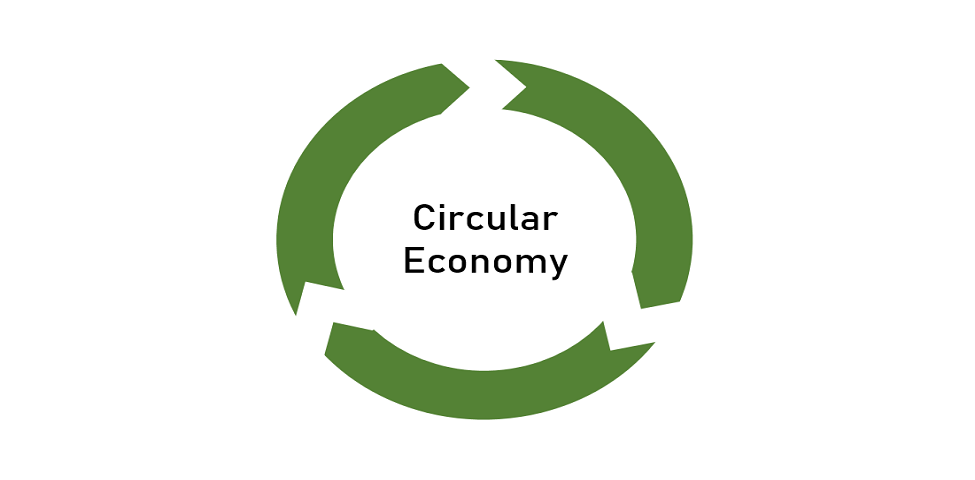Assignment Help – Circular Economy

Circular Economics (CE) is a well-known philosophy of sustainable growth advocated by the European Union and numerous national governments today (China, Japan, UK, France, Canada, The Netherlands, Sweden, Finland, etc). In addition, several companies worldwide have launched CE for shaving energy and raw feeding stuffs in their processing sectors. But the circular economy model is currently a gathering of vague concepts from a variety of technical and semi-scientific areas. In 2014, the Commission's study calculated the probability of generating an annual economic profit of EUR 600 billion for the EU development sector alone by transitioning the form of the circular economy in the EU countries. Different international economic organizations predicted that 1,000 billion US dollars will support the world economy next year. In 2008 China was the world's first nation to enact the Circular Economy Act.
Since the advent of industrialization, the original idea of the commodity cycles has been followed by industrial firms because it has minimized harmful environmental effects, saved oil use and rendered economic sense. However, the linear flow paradigm in business and other companies controlled industrial overall growth, triggering extreme environmental emissions and widespread use of scarce natural capital. The solution to the circular economy centered on the reuse, re-manufacturing, redesign, repair, cascade and updating of goods, parts and materials. In addition, the usage of renewable sources such as sun, wind, bio-mass and waste power throughout the product supply chain decreased energy requirements. The idea of cradle to cradle has also been established in parallel, reflecting a biomimetic approach to product and device design, which model human industries on processes involving materials that circulate via stable, secure metabolic methods as nutrients.
Circular Economy and sustainable development
In recent decades, the shift to environmentally responsible industrial and economic growth and to sustainable socio-technical structures has been desperately needed worldwide. Analysis now has demonstrated that worldwide environmental pressures and the inefficient utilization of natural capital have put great strain on Earth's subsistence structures. Loss of biodiversity, waste of freshwater, desertification of farmland from unsustainable land usage for food processing, increased air emissions in metropolitan areas, chemical pollution in the ocean and drastic climatic shifts are some of the most significant environmental challenges which have been highlighted and thoroughly studied in recent decades.
The Circular Economy is a method of usage for energy, for example in a cyclical nature pattern, with the elimination, reuse and recycle of the item (3R principles), a minimization of waste and the recycling of rejected goods to the atmosphere using biodegradable products.
Online Assignment Solutions provides management assignment help and management assignment solution. We are the leading Buy Online Assignment from Experts London, UK and provides one of the best Assignment helps by Australian PhD in UK.
For more Details : -
Visit Us :- https://onlineassignmentsolutions.co.uk/
Free Membership to Largest assignment solution company
Please put your valid email id.
